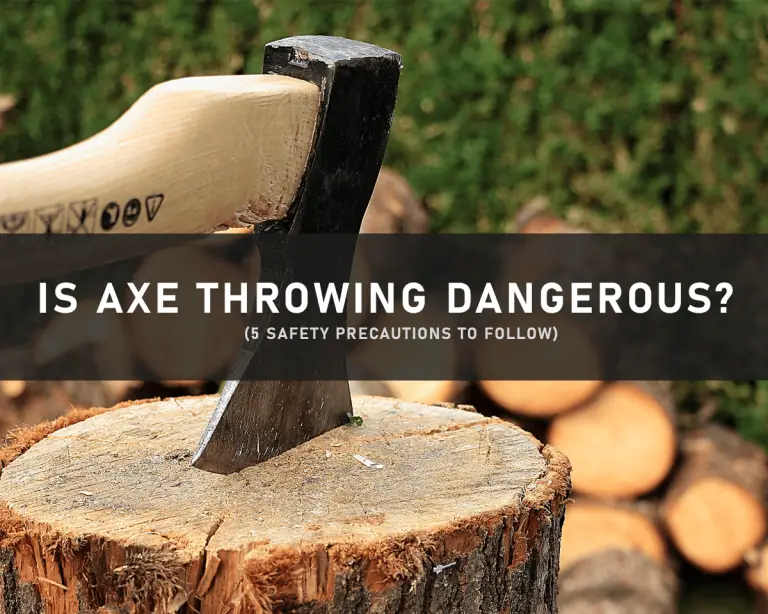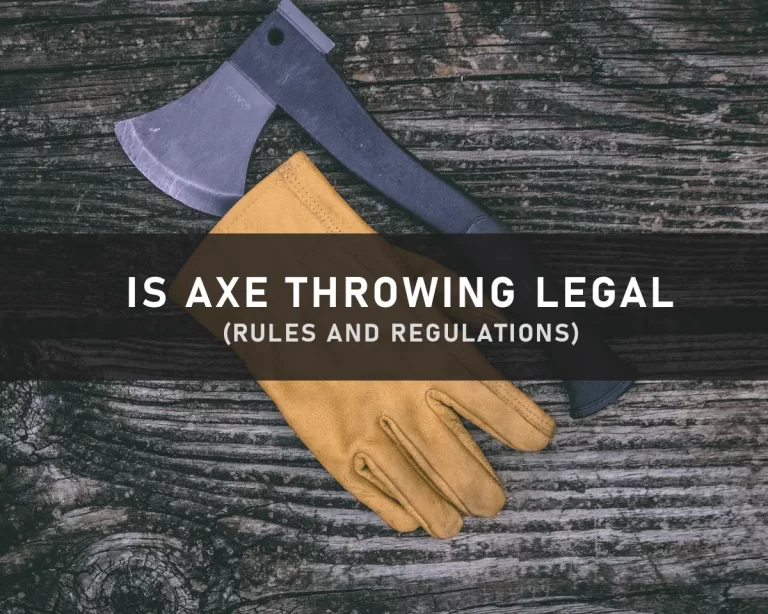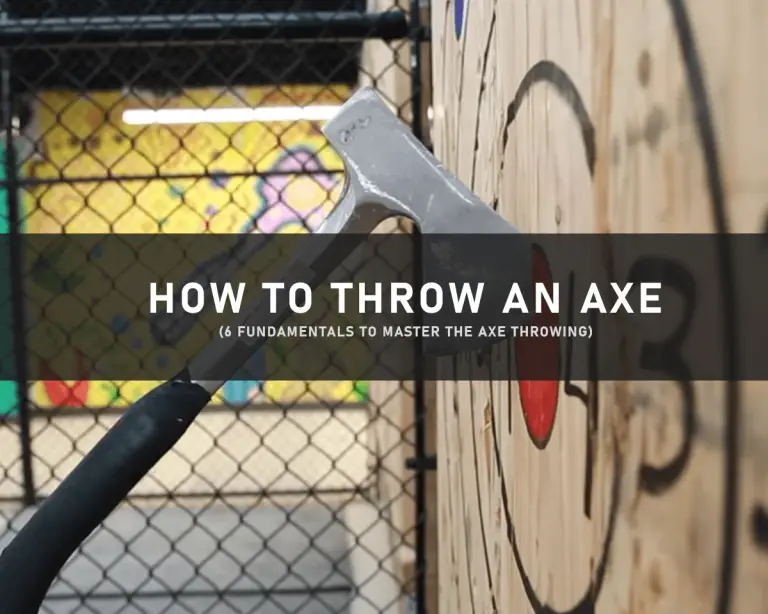How Heavy is an Axe for Axe Throwing? 5 Factors to Know
Axe-throwing enthusiasts are aware of the axe’s role in the game. Along with your skills, the equipment is also an important part of leading the game smoothly. In axe throwing, the weight and length should be appropriate to the player’s convenience to maintain balance and win the skill.
So, how heavy is an axe for axe throwing? Several factors play a role in determining the weight of an axe, its head, handle and the type of handle wood. The longer the length, the more will be the axe’s weight.
This article will go through different factors determining the axe’s weight and how weight impacts your game. Also, see the comparison between light and heavy axes.
Ideal Weight of the Axe
Usually, the axe’s weight used in the axe throwing game can range from 1.5 pounds (0.7 kgs) to 3 pounds (1.4 kgs). The axe for throwing competitions is approximately 1.75 pounds (0.8 kgs).
It is important to note that different axe-throwing venues or establishments have rules regarding axe weight. Some. They also provide their axes to maintain fairness in the game. There are different types of throwing axes that have different weights.
| Axe Type | Axe Head Material | Handle Material | Weight (lbs) |
| Competition Axe | Carbon Steel | Hickory Wood | 1.5 – 2.5 |
| Throwing Tomahawk | Stainless Steel | Synthetic | 1.5 – 2.0 |
| Norse Axe | High Carbon Steel | Ash Wood | 2.0 – 2.5 |
| Tactical Axe | Stainless Steel | Fiberglass Composite | 2.5 – 3.0 |
Factors Determining the Axe Weight
Before choosing the ideal weight for your axe-throwing event, you must consider the factors that impact the axe’s weight.
1. Purpose
First of all, know the intention for which you require an axe. Different axes with different weights are used for their respective purpose. It may include chopping wood, felling trees or playing an axe-throwing game. Axes designed for throwing games are kept lighter for better control and accuracy.
2. Material
The material used, such as the metal in the axe head and wood in the axe handle, plays a role in the axe’s weight. If you go for a traditional axe, it is made of steel or iron that is heavy and tough to handle.
The modern axes that are made for gaming purposes ensure lightweight technology. They incorporate carbon, fiber or fiberglass-reinforced plastics, which reduce overall weight and provide non-compromising strength.
3. Handle Length
The length of the handle also plays a role in affecting the overall weight. How long is an axe handle, ideally? Ideally, the length of the axe handle for gaming is from 13 inches – 17 inches, depending on user preference.
Some players who prefer axes with more length usually design them with shorter heads to cover the weight balance. The narrower heads with long handles have an optimal weight that will not strain your hand.
4. Balance
The balance factor in the axe influences its weight distribution. The weight is usually placed at the center of the head for optimal distribution of weight gravity. The balanced weight helps to swing it more effortlessly with controlled throwing motion.
5. Skill Preference
Last, your skill and throwing style also matter when choosing the axe. If you have average swinging motion, a heavier axe will help you control the shot. On the other hand, if your swing motion is weak, a lighter axe will cover for you, providing more forgiveness.
Comparing Light Vs. Heavy Axe
Both lighter and heavier axes have pros and cons regarding speed, accuracy, maneuverability, fatigue, distance and skill development. Check both facts to see which will work better for your axe-throwing endeavors.
| Aspect | Lighter Axe | Heavier Axe |
| Control and Maneuverability | Easy to handle and maneuver during the movements. Beginner friendly. | Offer more stability and control while throwing. |
| Speed | Allows quick throwing motions and fast delivery. | A Havier axe provides power to generate momentum with controlled speed. |
| Accuracy | Better precision and accuracy support easy adjustments. | Require more skills to acquire accuracy and precision due to its weight. |
| Fatigue | During longer throwing sessions, it is less tiring. | The weight of a heavier axe may lead to fatigue over time. |
| Distance | Less throwing distances and less coverage. | Potential for increased axe throwing distance. |
| Sticking Power | Sticking into targets requires proper technique. | Provides enhanced penetration and sticking power. |
| Learning Curve | Beginners can experience a quick learning curve with a lighter axe. | Using a heavier axe initially comes with a learning curve, but it helps develop strong techniques. |
| Skill Development | Emphasizes control, finesse, and technique. | Focus on strength, power, and technique. |
Conclusion
Now that you know how heavy an axe is for axe throwing, commonly used axes in throwing games range from 1.5 pounds (0.7 kgs) to 3 pounds (1.4 kgs). The lighter axes provide better maneuverability, cover for swing action and are perfect for beginners.
While heavier axes provide more strength, powerful grip, increased throwing distance and momentum. So, choose wisely what works better for you to gather success.
Do you prefer taking your axe to the venue or using the one they provided?





